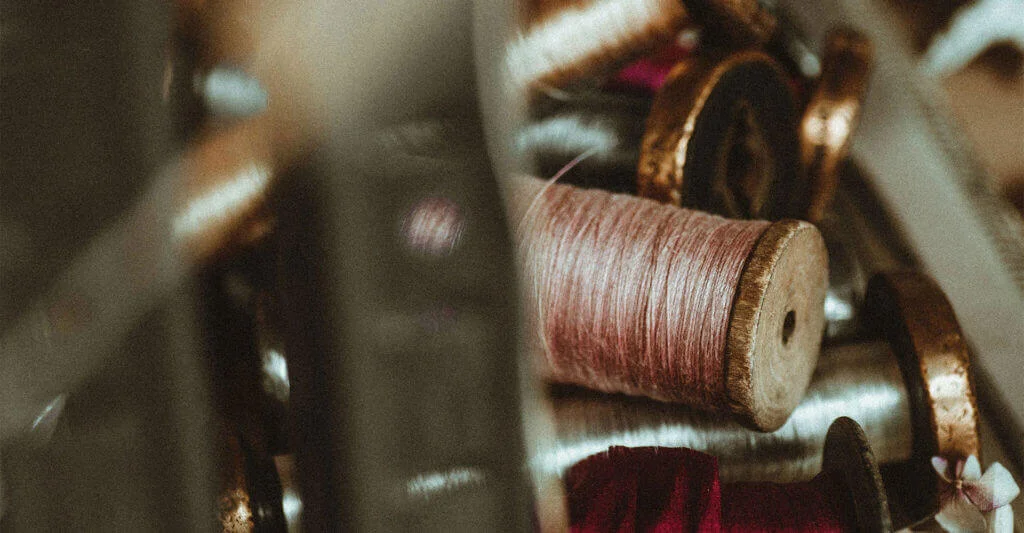- February 3, 2023
- Posted by: Andrew
- Category: Embroidery Digitizing

Embroidery digitizing converts a pre-existing item into an embroidered file that the machine can read. Embroidery digitization allows the embroidery machine to do a variety of functions and generate designs. Understanding the technical and physical features of machine embroidery is required for embroidery digitization. This demands a detailed understanding of the many stitch types, directions, and stitching rules.
The uprising in the East
Embroidery grew and became a mark of social class and rank. It became popular and was decorated by wealthy Muslims. Embroidery was a popular occupation in prosperous places such as Cairo, Damascus, and Istanbul, and it boosted the opulence of items. Among these items were shoes, robes, flags, calligraphy, handkerchiefs, pouches, leather belts, uniforms, and much more. As a result of this demand, cottage businesses were developed, and 800 people were hired.
Antiquity uncertain
It is uncertain whose civilization or age created the excellent craftsmanship. Primitive instances can be discovered in countries such as Egypt, China, and Northern Europe. Surviving Iron Age artifacts exhibit signs of embroidered crafts (1300 BC-600 BC). Another example is from the Zhou Dynasty (1045 BC-246 BC) in China, which features satin stitch embroidery on silk gauze. Mosaics depict people in Byzantium, an ancient Greek metropolis, dressed in attire adorned with costly gems, pearls, and silk threads. Japanese, Persian, Indian, and other cultures are represented. European cultures have also placed a high emphasis on art, which has been employed in clothing and sacred artifacts.
Thread origin
Machine embroidery can be done with a variety of threads, ranging from the most basic cotton to the most complicated, such as metallic and mylar. The embroidery thread you use will have an impact on the completed product’s appearance and feel. The strand count and weight of the threads determine their compatibility with a cloth. Thicker threads are preferable for upholstery and sturdy textiles, whereas finer threads are preferable for delicate materials. Also, ensure that the thread type is acceptable for your machine.
Digital Embroidery’s Evolution
The first embroidery digitization software became available for purchase a little more than 30 years ago. The approach employed a magnetic board known as the digitizing tablet, which was linked to a computer through a cable. Modern digitizing software is more user-friendly and includes additional capabilities that improve accuracy and productivity. Digitizing embroidery software has made it possible to stitch complicated designs quickly and correctly. Another striking reality is the tremendous speed of automated technologies. An embroidery machine can often put 7,500 intricate stitches onto a square inch of space. Handmade patterns, on the other hand, often feature around 2000 stitches in the vital area.
Bottom line:
If the exquisite threads and clever weaving designs have piqued your interest, there are other options available. Digitization now allows for the creation of amazing embroidery, bringing up new possibilities. Digitization has enabled us to explore previously undiscovered territory and achieve previously inconceivable accomplishments. Instead of outsourcing embroidery digitizing projects, we will provide you with a team of highly qualified experts who are equipped with cutting-edge technology and equipment.
